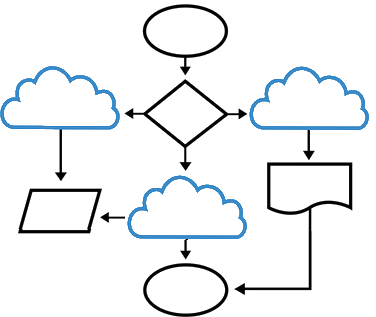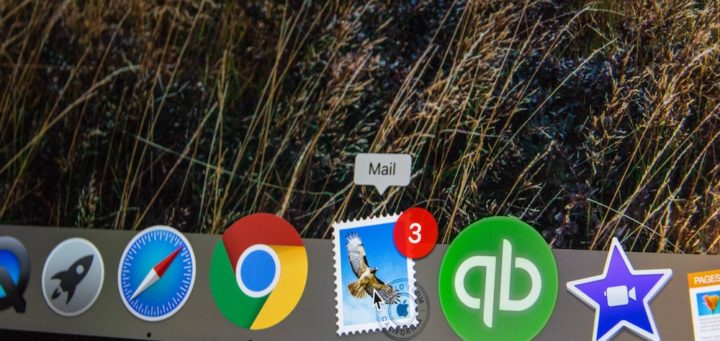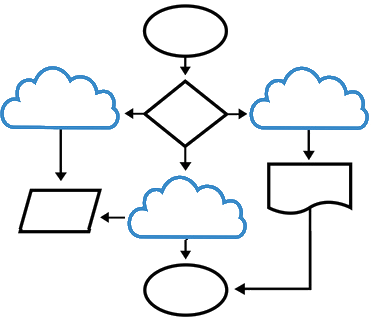
What Are Workflows?
Workflows are “paths” that you can set up that trigger certain actions in your mailing lists based on subscriber information. They help to make sure your contacts fall into the right groups based on their engagement level with your business, so that you can send them more targeted emails, and continue to correctly nuture the relationship.
How Do Workflows Work?
Workflows can be set up using a number of marketing automation tools or programs, such as MailChimp combined with LeadIn, or HubSpot. You define a set of rules for each workflow, and as contacts respond to your emails, the workflow process automatically segments those contacts into the appropriate mailing list so that the most relevant emails are sent to them in the future.
Here’s a simple example: your business offers cruise ship excursions. When a contact signs up for your email list, you ask them to verify their age and marital/family status. You may want to target a younger, married couple with a romantic, candlelit dinner on the beach, whereas emails to a family of four may focus on a day trip to an amusement park.
How Can You Use Workflows?
You can be really creative with how you set up your workflows, depending on how your business works and how you want to market to prospective or existing customers. But to get the creative juices flowing, here are a few ways that you can use workflows to get started:
Content Offer Download: if you offer free content downloads, like eBooks or white papers, you can set up a workflow that will specifically target those who request a download, like additional blog posts on the topic they’re interested in, or other content pieces that you offer.
Lifecycle Change: when a contact converts to a paying customer, a workflow can be set up that can trigger a “welcome” email, or an email to suggest complementary products, or an email that offers a discount code towards an additional purchase.
Inactive Contacts: marketing automation software can set up trigger workflows based on a certain period of inactivity; for example, if a contact has not visited your website after 90 days, send them an email with a coupon offer to try and re-engage them.
Abandoned Shopping Cart: if you’re an impulse online shopper, like me, you may also get these reminder emails all the time. 🙂 If your customers add items to their shopping cart while perusing your ecommerce site, but take no further action, consider setting up a workflow to send them a “reminder” of the awesome goodies stuck in their shopping cart. This may encourage them to return to your site and complete their purchase.
Online Registration: if your company is promoting an event or conference, this is a great opportunity to set up a workflow for online registrants. Once a contact has registered for your event, send them important information regarding the event, such as travel and hotel info or speaker schedules. Take this workflow a step further after the event is over, by sending follow-up emails requesting feedback, or by sending PDF or video links to what was presented at the event.
When setting up workflows, it’s essential to complete consistent reviews of your trigger events and reactions to these events, to make sure you’re nuturing and following-up with your contacts in the most relevant, and least annoying, way. Make sure you understand what objectives you hope to achieve with each workflow campaign before you set them up, in order to maximize the biggest ROI on your marketing automation investment.
What kinds of automated email workflows would you find useful for your business? If you have no idea, then it might be a good time for you to get your free inbound marketing assessment from one of our Certified Inbound Specialists; we’ll review your current practices and make suggestions as to how you can increase and improve your inbound marketing strategy.


